We recently connected with Casey Baugh and have shared our conversation below.
Casey, looking forward to hearing all of your stories today. We’d love to hear the backstory behind a risk you’ve taken – whether big or small, walk us through what it was like and how it ultimately turned out.
I’ve often heard from friends and acquaintances that I take risks in my work and life. Like the time I was cheated out of 100 thousand dollars owed to me by a gallery and decided to put my last 100 dollars into making an instructional art film, despite not having money for food. Or the time I decided to change my entire painting style only two months before a solo show in order to be my most authentic self while risking losing my entire collector base.
These and other situations definitely looked risky and I suppose they were.
But the thing I ask myself during these crazy decisions is, what would I rather be doing while taking risks?
After being scammed out of my 100 thousand dollar art show earnings and having no money or much credibility to continue, most of the advice given to me was to give up on the arts, accept defeat and get a ‘secure’ job, and there were several options.
But to me, THAT was the bigger risk to take. Killing my freedom of creative expression to make some easy money seemed like prison compared to being hungry for a while and pulling together every creative idea I had to share painting techniques with the world. And in the end, it worked. The video sold worldwide and saved my art career and I loved every second of it.
It also would have been the easy choice to play it safe with my same old painting style and keep my collectors calm with more of the same work during my solo show. But I knew it would not be authentic to do so and I can’t help to feel that it is better to live hungry but honest rather than fake and secure. And as for the solo show, I did lose collectors with my new style change, but I ended up gaining many more that connected with the new work.
What is that old saying, ” You can choose to do something or not do something, you will find regret in both.” And with that in mind, I would rather risk failure doing something I fully believe in rather than risk failure at something thats not authentic. In the end, nothing is 100% secure, not even the ” safe jobs”. And even if there was a scenario of 100% security, if it requires me to live a life outside of creative authenticity, then it is security in a type of mental prison.
Besides, we feel the most alive when we take risks, because only at the thought of losing something do we truly appreciate what we have.


Casey, before we move on to more of these sorts of questions, can you take some time to bring our readers up to speed on you and what you do?
Casey Baugh is an American figurative portrait artist born in Lookout Mountain, Georgia in 1984.
Baugh’s oil paintings and charcoal drawings can be described as narrative impressionistic realism.
Baugh’s earliest art instruction came at the age of four from his father and aunt. By the age of 13, Baugh was producing and selling work professionally. A year later, he won his first regional competition and at 17, he had won his first national competition.
In the spring of 2004, he conducted his first workshop at the Village Arts of Putney in Vermont. When he was only 21 years old, Baugh began showing in galleries and after studying under his mentor, artist and author Richard Schmid for 4 years, Casey had his first solo exhibition in New York City at the age of 25.
In November 2008 Baugh’s painting ‘Erubescent’ was featured on the cover of American Art Collector Magazine along with a powerful 4-page artist profile in the issue. Since then he has continued to be featured on the covers of many other publications such as The Artist’s Magazine and the American Artist’s Magazine.
At 26, Casey Baugh was well on the road to becoming a world-class painter, already established as a major name in the ‘Bridge Art’ movement of artists, of which he continues to be a proud affiliate. This innovative group of painters is known for pushing and challenging the boundaries of representational art with a fusion of traditional techniques and contemporary perspectives.
Baugh’s secret to becoming a leading artist can then be directly attributed to evolving and moving away from being a mere representational artist to a more complex and inspiring metaphorical narrative storyteller, all staged exquisitely by his extensive knowledge of film and camera work.
Before Baugh even puts paint to canvas, his crafty and intentional manipulation of the light source in his prep, directs the viewer’s eye directly to the drama within his planned paintings. There are no accidents. Baugh’s palpable desire is to reach out of his paintings at his audience so as to make them look, feel and question. Then, with masterful and varied signature stokes that have become the hallmark of his painting technique, Baugh unpacks his story, like a dance before you.
Effects emerge on the canvas that draw you in and transport you into the narrative. The value-structure is impeccable. As the viewer, you become part of the atmosphere and action in the painting. From a technical point of view, this is immensely hard to achieve. Depending on the composition, areas of the canvas are razor sharp, instead of blurry and obscured, and vice-versa. It feels dangerous, as though you have trespassed on a secret you should not know. Speed and time moves across the surface, daring you to dip your toe in.
Baugh’s paintings are the Orient Express, shining with vivid chroma and layered texture, inviting you onboard; and yet there it hangs calmly on the wall, watching you.
Few artist have been able to transport the viewer like Baugh has managed to do. And with his recent venture into film directing, music scoring and photography in addition to his paintings, the exciting part is that Baugh has a whole lifetime of painting ahead of him so we await the magic that is yet to come.

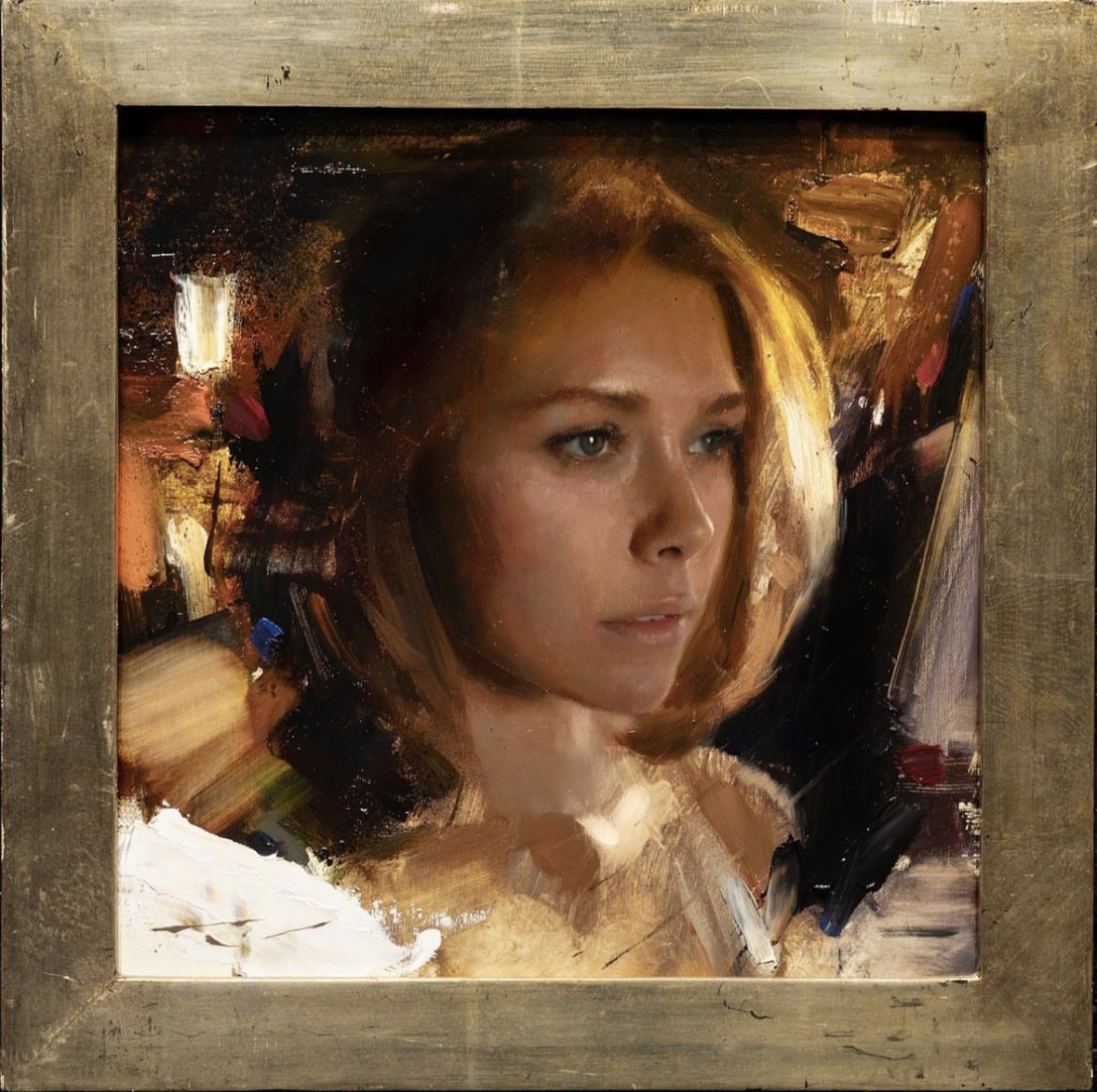
Are there any books, videos, essays or other resources that have significantly impacted your management and entrepreneurial thinking and philosophy?
I highly recommend the Masterclass series online. I have learned an enormous amount from some of the worlds leading professionals in their series.
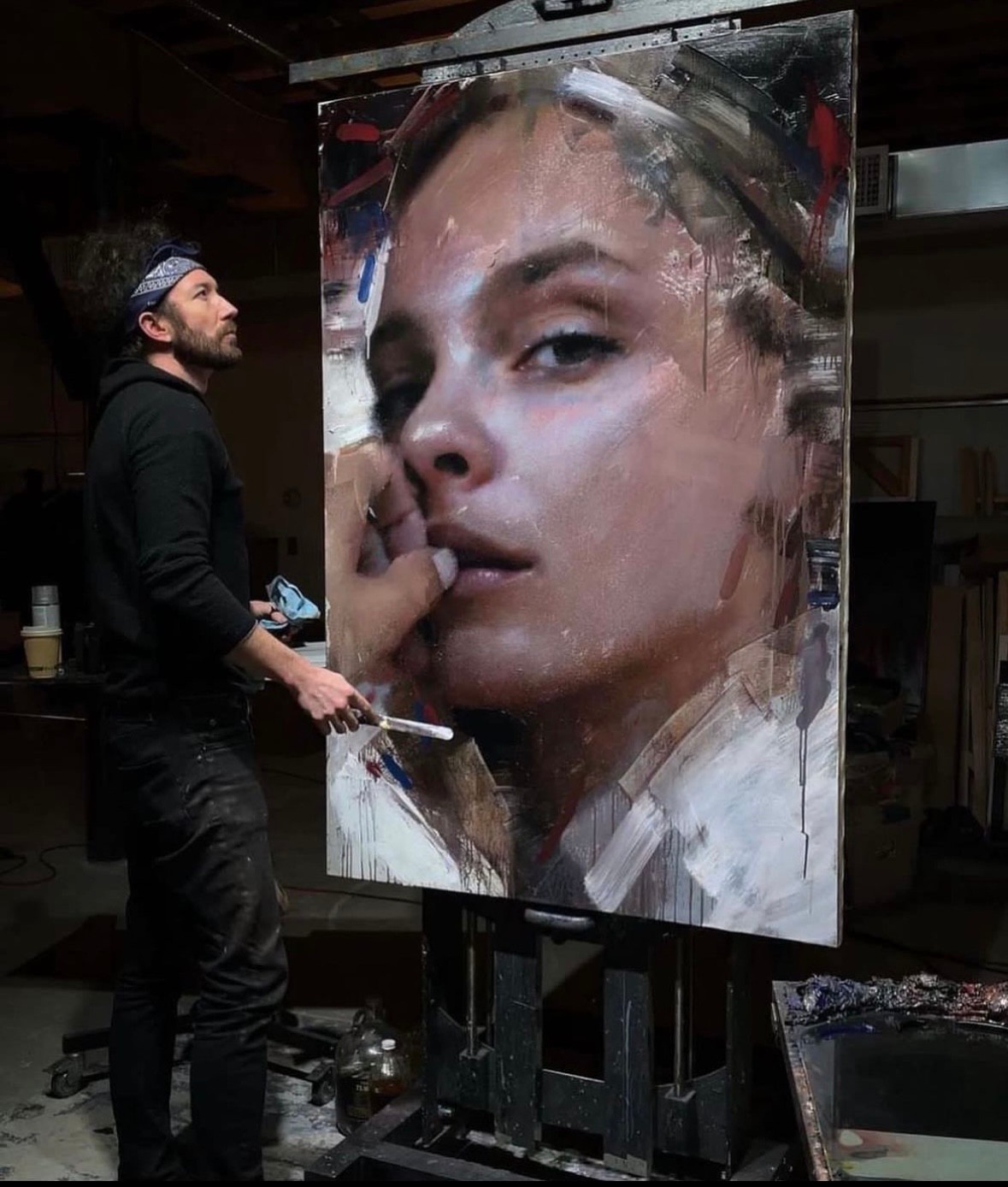
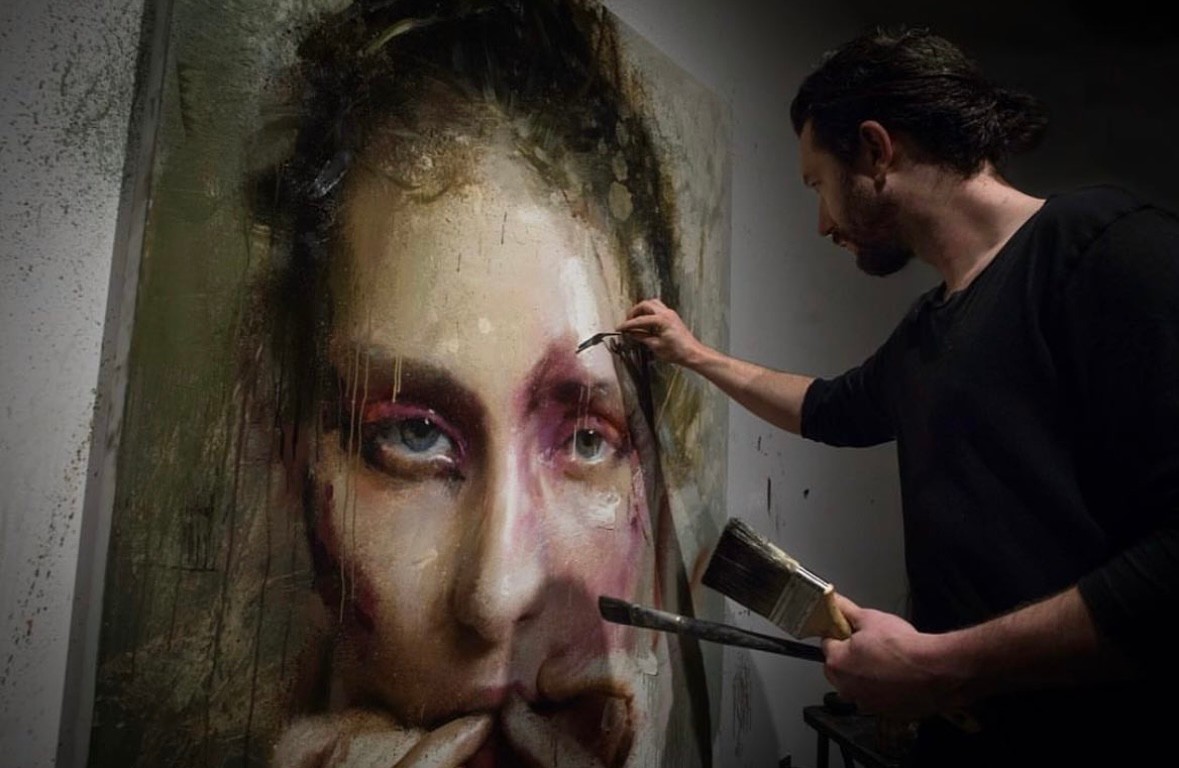
How did you build your audience on social media?
Over the past few years I have built my social media following to around 350k people. I believe a good rule of thumb is to keep everything authentic, bold and at the highest visual quality possible. Playing it safe does not work and gets lost in the sea of other grey ideas. Remember that you cannot please everyone. So focus on ‘your people” so to speak. Know your brand well, capture it in a captivating way, and turn up the volume. Tease and reveal.
When I am posting, I usually just think of things that I feel would excite me if I stumbled onto it. If it excites you, its authentic and chances are, it will excite likeminded thinkers too.
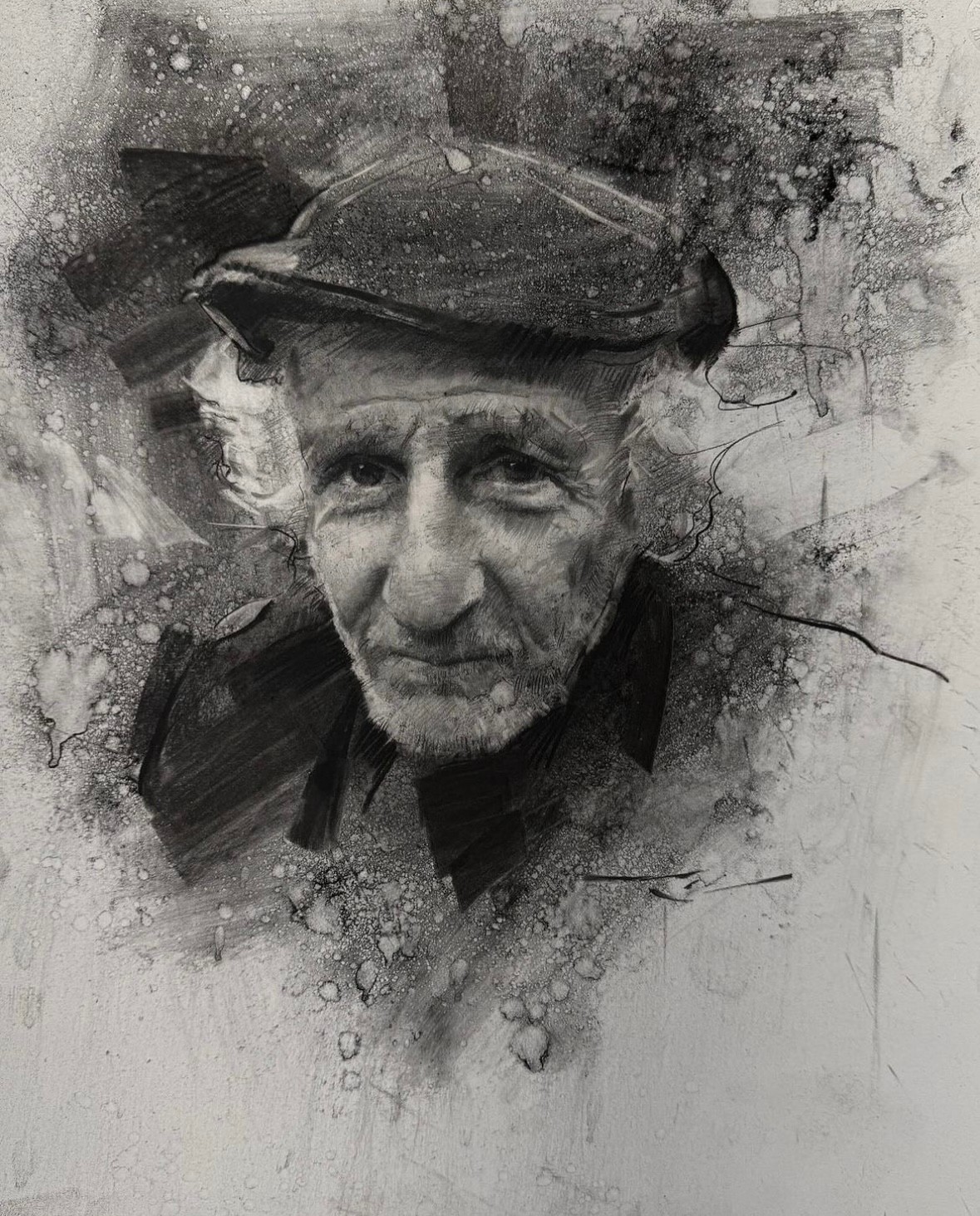
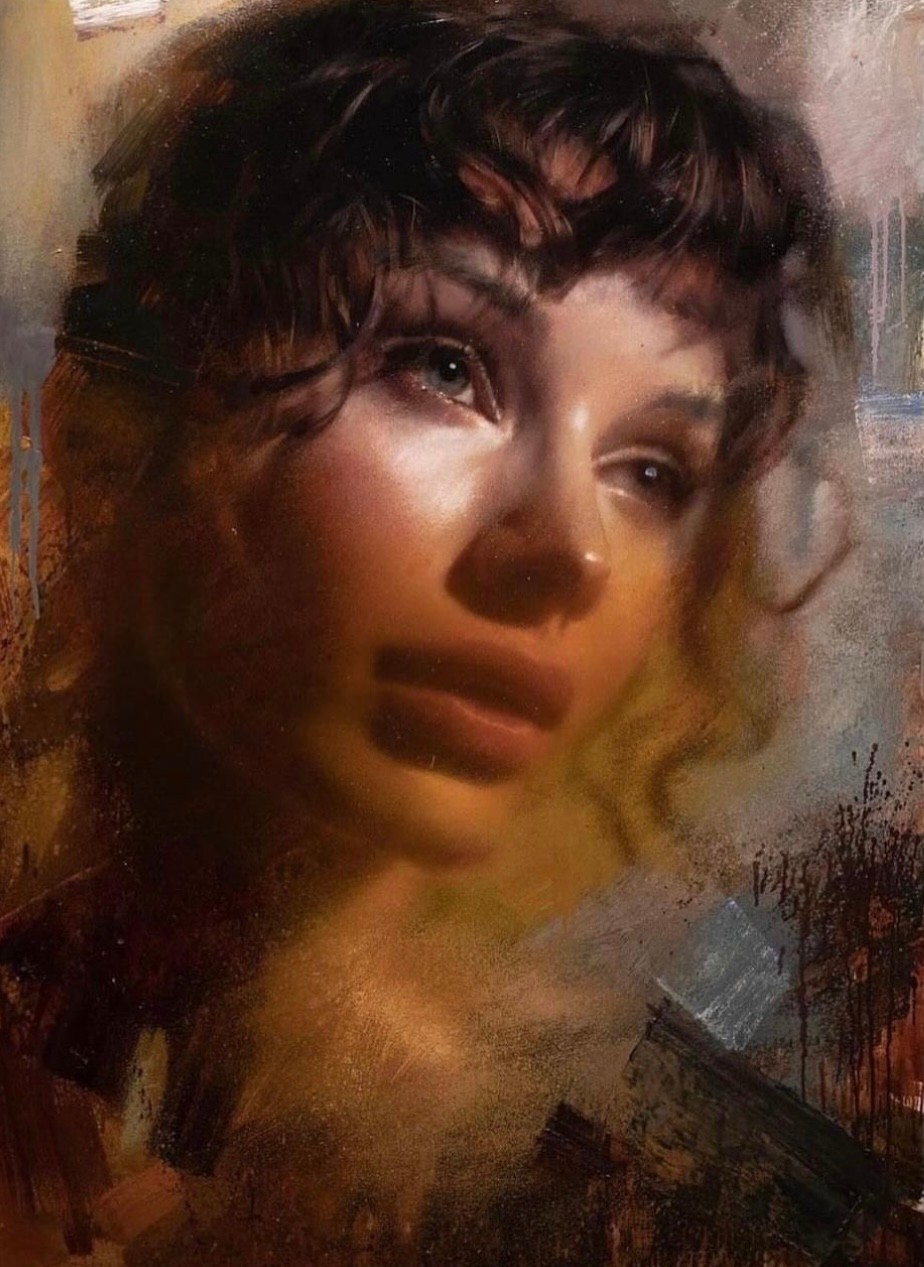
Contact Info:
- Website: caseybaugh.com
- Instagram: @caseybaugh
- Facebook: casey baugh
- Youtube: @caseybaugh8789


